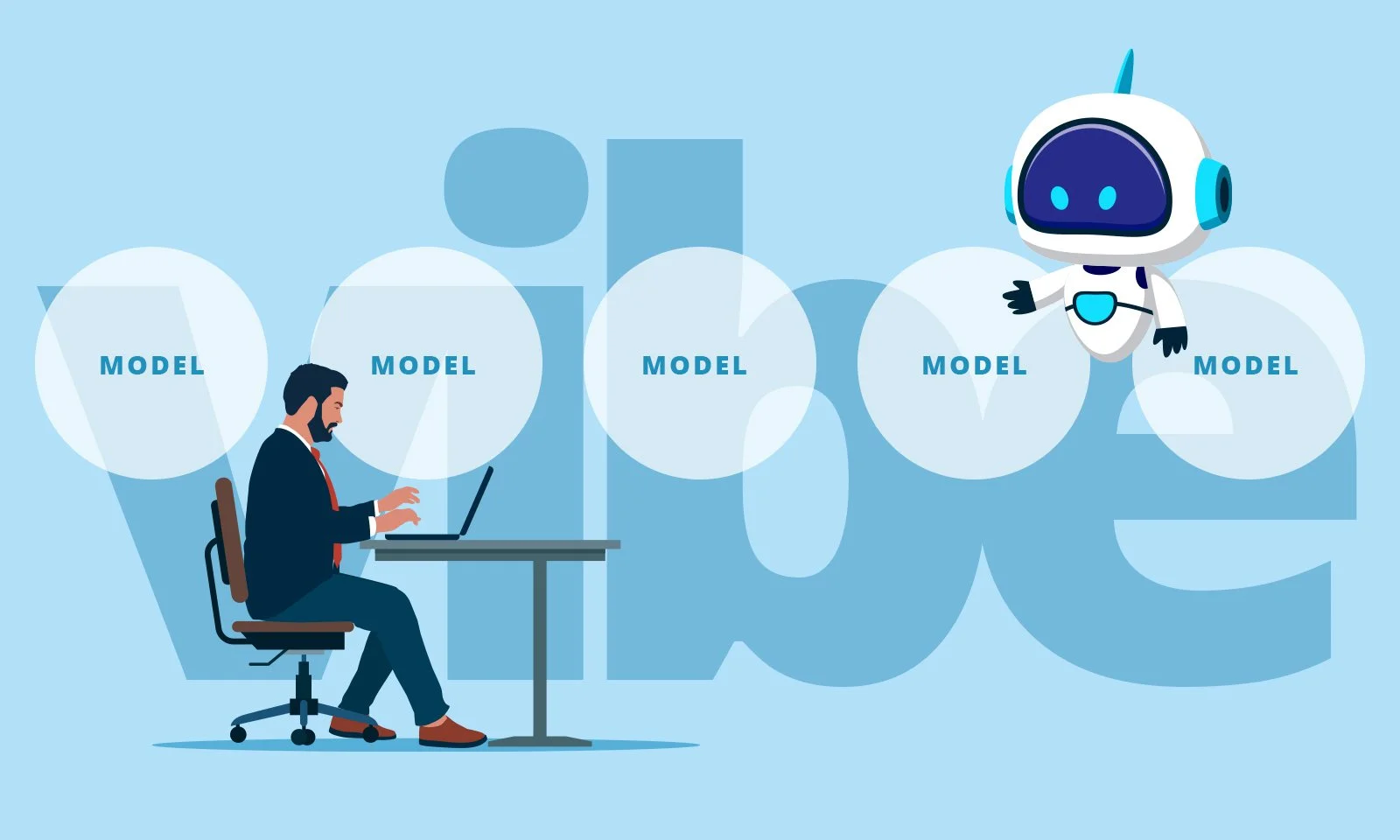When to worry about costs in pricing
By Steven Forth
It is a truism among pricing experts that you should not base your price on your costs. Your costs are your problem, not your customer's. It is up to you to manage costs relative to the value you provide and the customer's willingness to pay. This sounds good in theory, but anyone who has run a business knows that costs matter. They matter a lot. Costs cannot be ignored when one is thinking about pricing strategy.
What is cost plus pricing?
Cost-plus pricing is one of the three main pricing models (the others are market-following pricing and value-based pricing). We will share more on cost-plus pricing at another time, as it actually is the best pricing method in certain circumstances.
But cost plus pricing is not the best way to price new innovations
For new innovations, you want to use value-based pricing. This will focus your own efforts on what matters to your customer, the value you create for them, and shape how you communicate your value propositions. In value-based pricing, the impact of your solution on your customer's costs can matter a great deal. It does not take into account your own costs.
There are two times you need to think about your own costs in value-based pricing: before you start development and when you are choosing what segments to target.
Value based pricing - what to think about before you develop an innovation
Before you commit to development or continue your development efforts, you should test to make sure that the solution you are proposing can be priced high enough, and attract enough customers, to win the required return on the development investment. The return you need will be an internal question and reflect things like your cost of capital, the risk-adjusted rate of return your CFO is looking for, and other such fun financial details. This will determine the go/no go decision and it is one of the reasons you should conduct your initial value research before you commit development dollars... (yes, this is something Ibbaka helps with).
Once you have made the investment it becomes a sunk cost. That was the old point of view anyway. In today's world, at least for SaaS offers, there is usually an ongoing development investment. So you need to factor that ongoing cost into your calculations of cost.
Your CFO will care a lot about how to allocate costs to products, including any amortized (capitalized) development costs. But if it is a sunk cost, it should not factor into pricing decisions.
Value based pricing - what costs to consider once you launch an innovative product or service
The costs that you need to consider once you are in the market and are setting prices are the ongoing development costs, your Customer Acquisition Costs and your Cost to Serve. In other words, your go forward costs and not your sunk costs.
You still should not consider these costs when setting prices. When setting prices you need to understand your economic differentiation value, pricing power, and pricing strategy. We covered this in Pricing Power. What It Is. How to Get It. But that does not mean you should ignore costs.
Costs come into play in choosing your target segments. Different segments often have different cost structures associated with them. Some segments may cost more to sell to, they will have higher Customer Acquisition Costs. Other segments may have higher costs to serve. Still, other segments may have unique product or service requirements, and pull ongoing product development in one direction or another.
One way to pull all this together is to estimate or predict the LTV/CAC ratio for each segment and then target segments where this ratio meets a certain threshold. This ratio is the Lifetime Value of a Customer (LTV) divided by the Customer Acquisition Costs (CAC). If you are not familiar with this critical SaaS metric read David Skok's classic post-SaaS Metrics 2.0: Detailed Definitions. Make sure that you deduct the cost to serve from the value of the subscription. This is sometimes referred to as the Net LTV. Customer Acquisition Costs are often closely associated with the Customer Buying Process. At Ibbaka, we generally segment a market by Value Drivers x Buying Process, so that we are looking for segments that buy in the same way and that get value in the same way. The buying process can sometimes be used as a proxy for costs (not always). For example, segments that must be served by a direct sales force generally have higher Customer Acquisition Costs than those that can be served by inside sales or self service. A simple model is shown below.
Here the market has been segmented in terms of three value drivers (generic I know) and three buying processes. The most attractive segment is to sell to customers who will buy because the offer can increase their revenues and to sell to them using inside sales. Another interesting segment is customers that will buy in order to reduce costs through reuse and who can be reached through a self-serve sales model. The increased revenue and collaboration value propositions are too complex (for this offer) to be sold through self-service. The customer acquisition costs are too high to support direct sales and even inside sales for the value proposition around reuse.
In some cases, where costs are relatively high, and margins are low, one may need to go further and actually do a cost-based segmentation. For most SaaS products, this is not necessary as margins tend to be relatively high, but if your margins are under 50% you should at least consider this. This is a common practice in pricing optimization work, where price segmentation is generally part of the work. We will discuss this more in a future post.
All else being equal, the segments with the highest LTV/CAC ratio are the most attractive. Of course these segments may not be the largest, and they may not represent the best path from segment to segment, so this is only one factor to consider in choosing targets.
What about sunk cost considerations in pricing?
Sunk costs should not be part of your calculations when setting your prices. That has to come earlier, when you are deciding whether to develop a product at all, and before the investment has been committed. But it is reasonable, even necessary, to consider costs as part of your targeting work.










